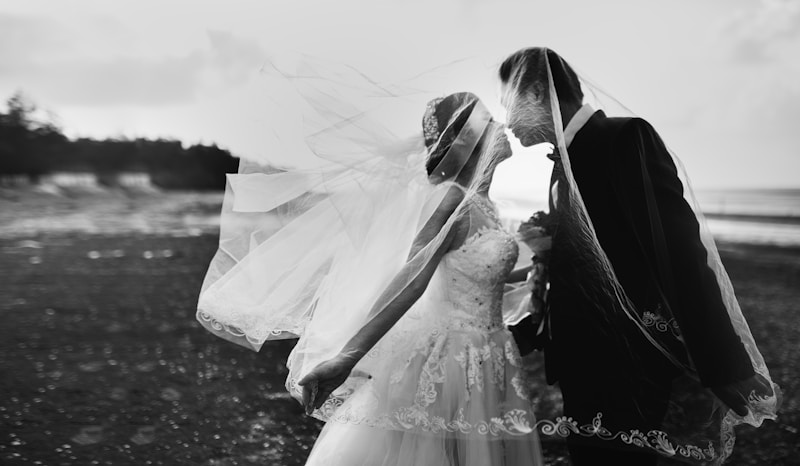Cultural Influences on Wedding Dress Design and OEM Sourcing
Cultural Influences on Wedding Dress Design and OEM Sourcing
Weddings are significant events marked by unique traditions and customs rooted in cultural backgrounds. The wedding dress, as a central piece of this celebration, carries deep cultural significance. Understanding the cultural influences on wedding dress design and OEM (Original Equipment Manufacturer) sourcing reveals not only fashion trends but also the intricate weaving of tradition and modernity. In this article, we will delve into how cultural aspects shape wedding dress designs, the role of OEM sourcing, and what factors to consider for anyone looking to navigate the wedding apparel industry.
Understanding Cultural Influences
Throughout history, various cultures have contributed distinctive elements to wedding attire. These influences often stem from history, religion, climate, and societal norms, translating into trends that continually evolve. For instance, in Western cultures, the classic white wedding dress emerged from Queen Victoria's marriage in 1840, symbolizing purity and elegance, while some Asian cultures opt for vibrant red colors to symbolize good fortune and joy.
Key Cultural Elements in Wedding Dress Design
Here are some key cultural elements that significantly influence the design of wedding dresses:
| Culture | Design Elements | Symbolism |
| Western | White gowns, lace, pearls | Purity, elegance |
| Chinese | Red silk, gold embroidery | Good fortune, joy |
| India | Sarees, lehengas, intricate patterns | Tradition, reflecting family heritage |
| Japanese | Kimonos, elaborate sashes (obi) | Respect, beauty, heritage |
Western Culture: The Rise of the White Dress
In Western countries, the trend of wearing a white wedding dress gained traction in the 19th century. This color choice represents purity and has since become synonymous with weddings in places like the United States, Canada, and various European nations. Lace, satin, and silk are commonly used fabrics that impart elegance. Moreover, Western brides often accessorize with veils and tiaras, enhancing their wedding day look.

Asian Cultures: Color and Tradition
Across Asia, wedding dress designs are colorful, with significant regional variations. In China, red symbolizing luck and happiness is prevalent, with traditional Qipao making a comeback among modern brides. In India, brides often wear a lehenga or saree richly adorned with embroidery, signifying their cultural roots and family history. Understanding the fabric selection and design motifs can help in appreciating the sentiments behind the attire.
The Role of OEM Sourcing in Wedding Dress Production
OEM sourcing plays a pivotal role in the wedding dress industry, bridging the gap between design and production. Many designers partner with OEM manufacturers to produce their collections, ensuring that the quality and craftsmanship align with their vision. Here’s why OEM sourcing is essential:
- Cost-Effectiveness: Partnering with OEM manufacturers, especially those in regions like Southeast Asia, allows designers to keep production costs lower while maintaining quality.
- Access to Resources: OEM manufacturers often have established supply chains, enabling designers to access various fabrics and embellishments efficiently.
- Scalability: As demand increases, OEM partnerships allow designers to scale production without compromising quality.
Considerations for OEM Sourcing
For designers and brands venturing into OEM sourcing for wedding dresses, several considerations can shape successful partnerships:
- Quality Control: Establish rigorous quality control measures to maintain the brand's standards throughout the production process.
- Cultural Sensitivity: Awareness of cultural influences is crucial. Designs that blend modern aesthetics with traditional elements can attract diverse customer bases.
- Communication: Maintain open lines of communication with OEM partners to address production timelines, changes, and expectations clearly.
Designing for the Future: Trends to Watch
As the wedding apparel industry evolves, several trends reflecting cultural influences and sustainability are emerging:
- Sustainable Fabrics: More brides are seeking eco-friendly options, prompting designers to explore organic materials and sustainable sourcing.
- Diversity in Design: The fusion of cultural elements is becoming a mainstream trend, appealing to an increasingly diverse clientele.
- Customization: Personalized designs that reflect unique stories and cultural backgrounds are gaining popularity.
Exploring Related Questions
When discussing cultural influences on wedding dress designs and OEM sourcing, individuals might also search for related information, such as:
- What are the cultural significances behind wedding dress colors?
- How can I choose a wedding dress that honors my heritage?
- What should I consider when selecting an OEM manufacturer for my clothing line?
- How do sustainability practices impact wedding dress sourcing?
Conclusion: Embracing Cultural Richness in Wedding Dress Design
The wedding dress embodies far more than just a garment; it serves as a canvas that reflects cherished traditions and personal stories. As the industry continues to evolve, understanding cultural influences on designs and the significance of OEM sourcing will empower designers and brands to connect meaningfully with their audiences. By embracing both innovation and tradition, the wedding dress can remain a timeless symbol of love while adapting to contemporary values and preferences. Always keep these considerations in mind when exploring options, and ensure that authenticity and quality remain at the forefront of your design journey.
